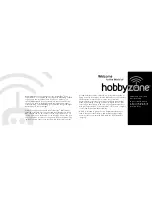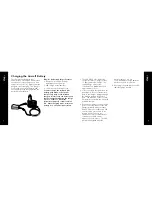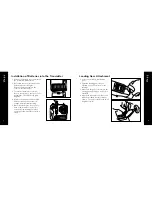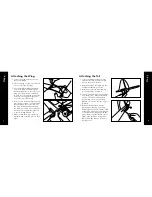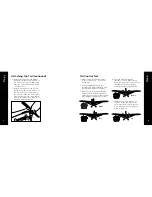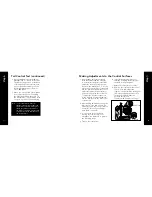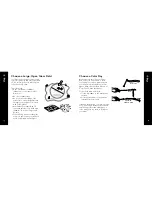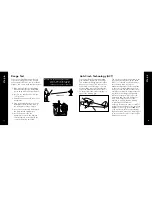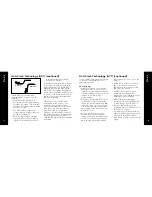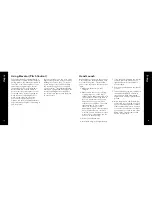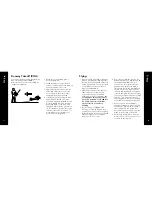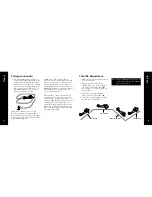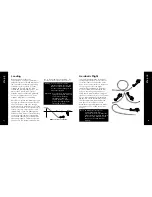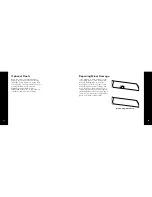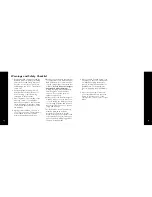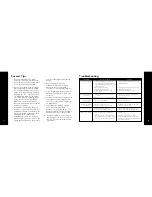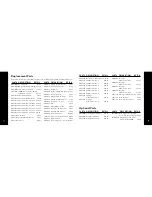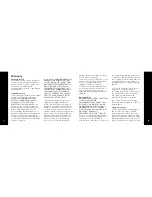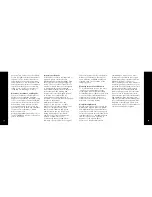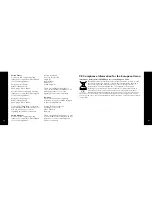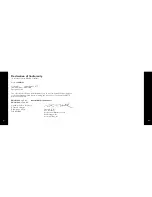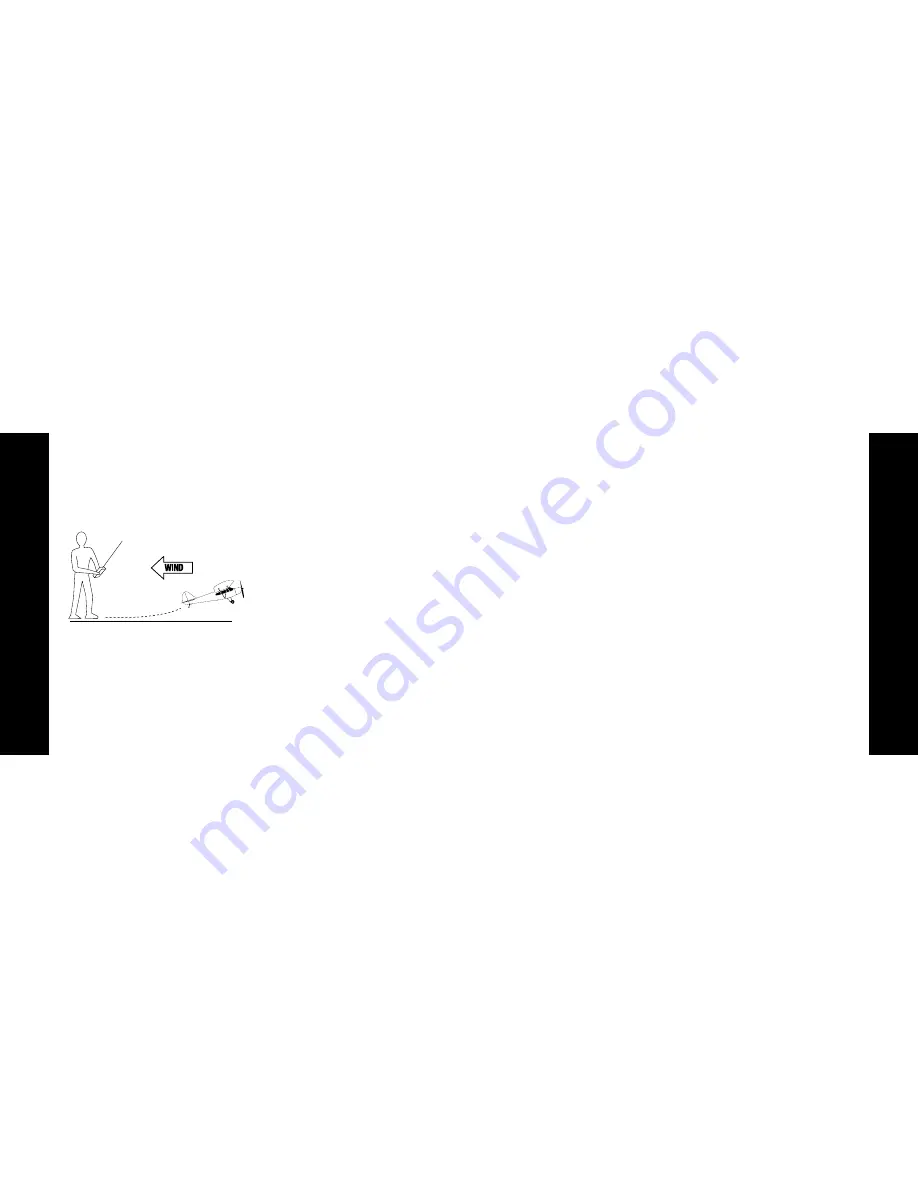
21
Step 14
22
Step 15
Runway Takeoff (ROG)
Flying
Your Super Cub LP can be launched by
way of a runway takeoff (ROG).
However, this is not recommended for
inexperienced pilots.
1. Make sure your landing gear is
properly installed.
2. Stand behind your Super Cub LP
and point it directly into the wind on
smooth asphalt or concrete.
3. Apply FULL power via the throttle
slider and adjust the control stick
as necessary to keep the aircraft
headed directly into the wind.
4. If the battery is fully charged, your
Super Cub LP should lift off the
ground in approximately 30 feet (12
meters). Apply some UP elevator
by pulling back on the stick, and
the plane will lift off the ground in a
shorter distance. Remember, only a
small amount of UP is needed. Too
much will cause a stall after your
aircraft has left the ground.
1. After you have launched your Super
Cub LP, it will begin climbing at full
throttle. With the throttle advanced
all the way forward, your Super Cub
LP should not need any elevator
input to climb steadily.
2. Make adjustments on the throttle
slider and control stick that are
necessary to keep your aircraft
heading directly into the wind.
Do
not attempt a turn until you have
reached a minimum of 50-100 feet
(15.25-30.5 meters) of altitude,
about as tall as a four-story
building.
3. Control range is 2500 feet (762
meters), so if you fly beyond that,
you will lose control of your airplane.
At that distance, however, you would
likely lose sight of your airplane
before you’d lose control.
4. Don’t let your airplane get too far
downwind from you. Always fly with
the airplane UPWIND from you.
Failure to do this could result in a
fly-away! Remember, the wind is
stronger as your plane flies higher in
the air. It’s ok to fly higher, just be
cautious and watch how your plane
reacts to the wind. Most of the time,
you can fly at higher altitudes at half-
throttle. This is great for smooth,
easy flying when you’re first learning
to fly, and conserves battery power.
5. When you have reached higher
altitudes and want to practice using
the elevator, begin with small and
smooth inputs to the transmitter.
Very little input is needed to get the
plane to turn, climb or descend.
6. Avoid long vertical dives, with the
motor on or off, as it can cause a lot
of stress on the aircraft.


